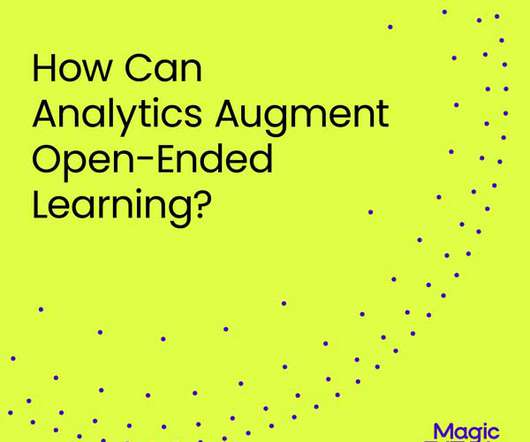7 Must have features of an instructional design software and recommendations
Wizcabin
JANUARY 24, 2019
Many frameworks exists for instructional design, including Merrill’s Principles of Instruction, Gagne’s Nine Events of Instructions and Bloom’s Taxonomy, but the most popular ID model is ADDIE. After that, in the development phase, the instructional designer prepares the storyboard based on the learning content.




















Let's personalize your content